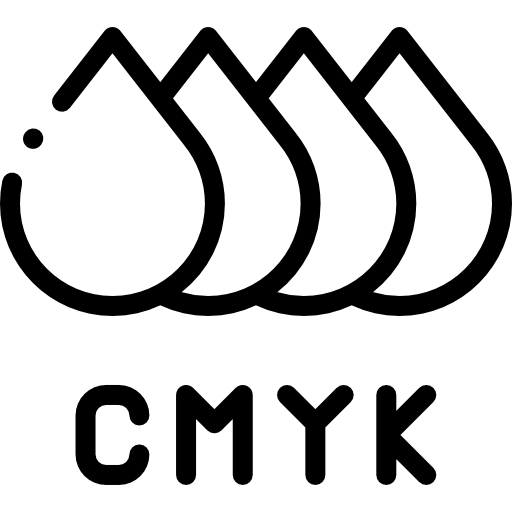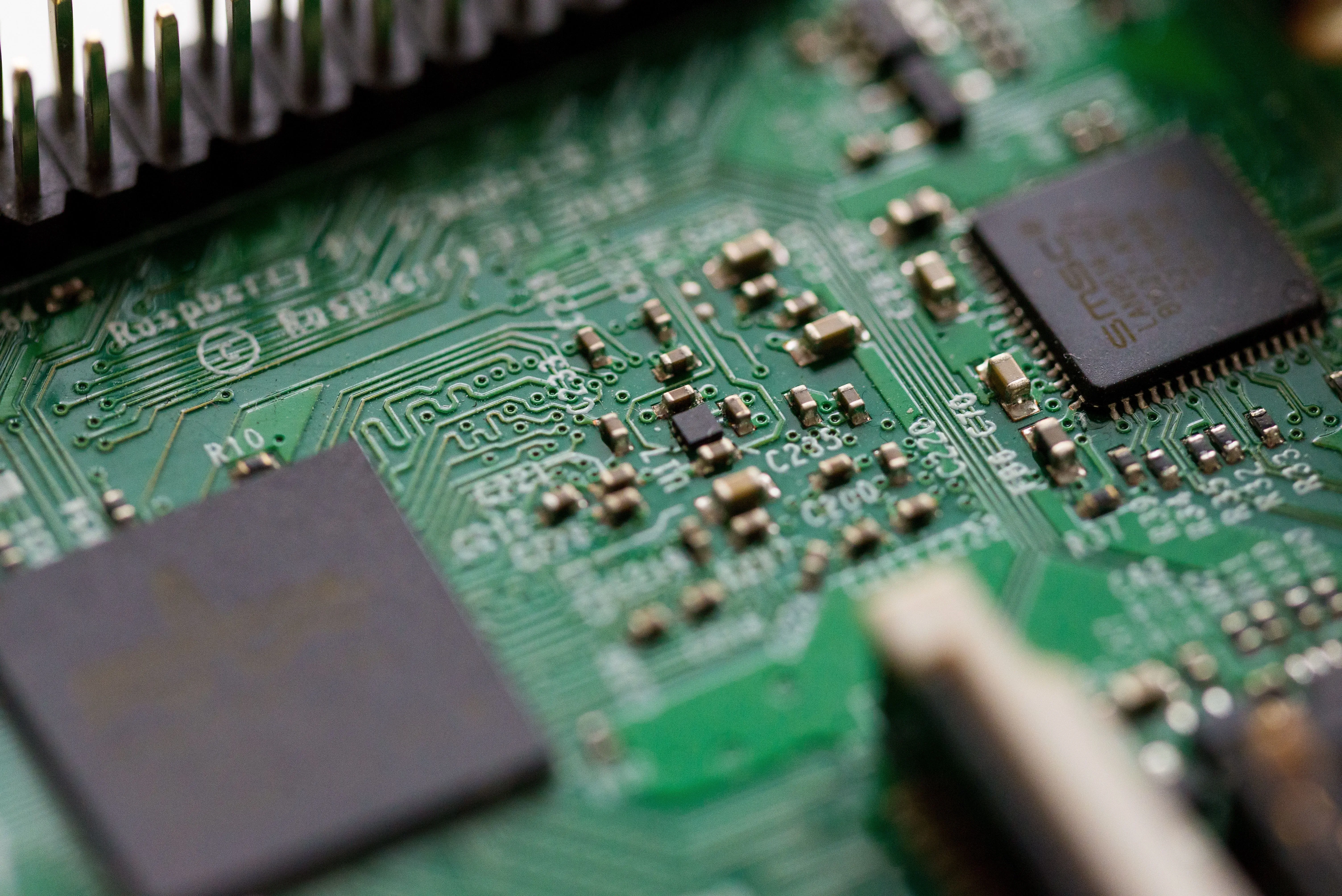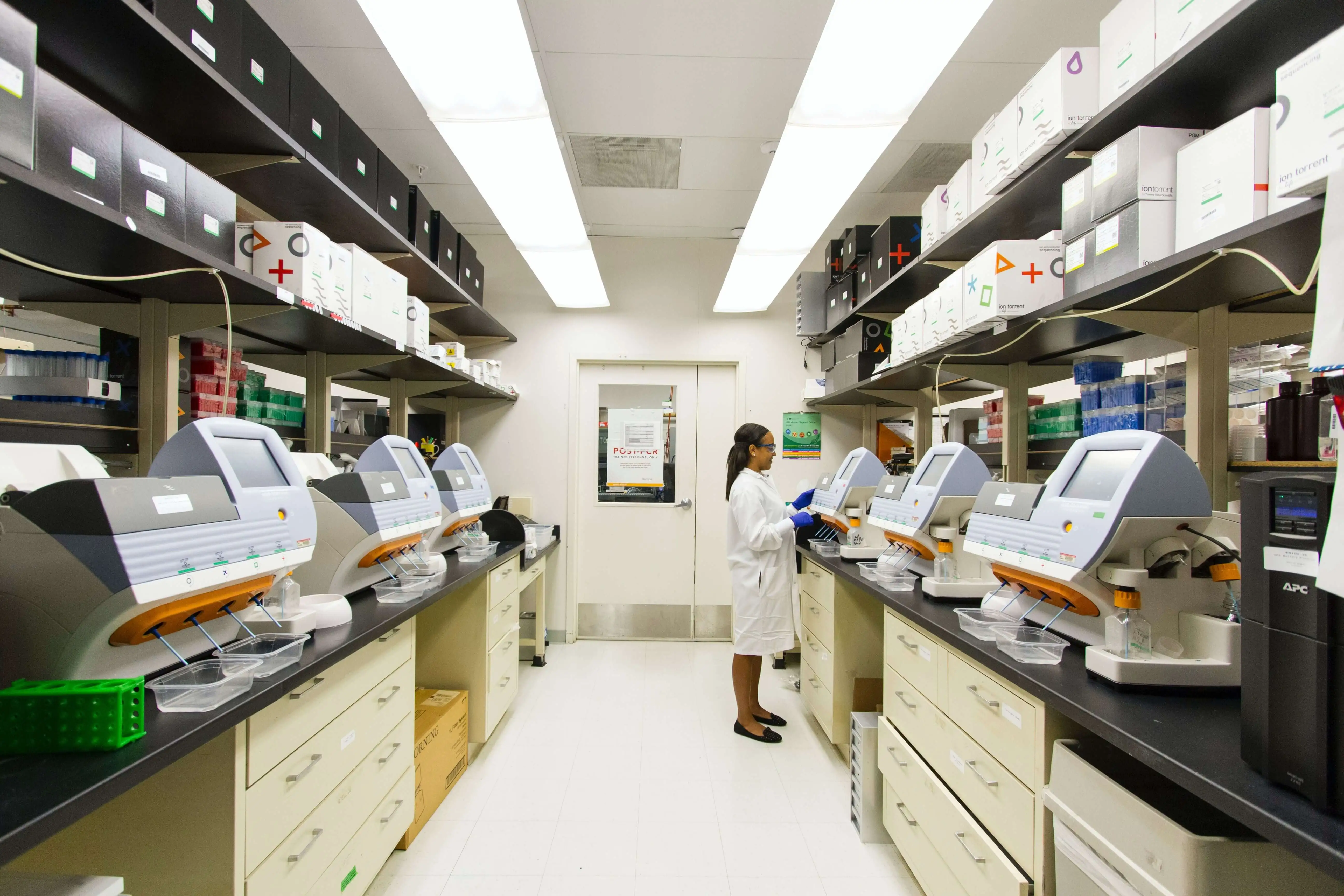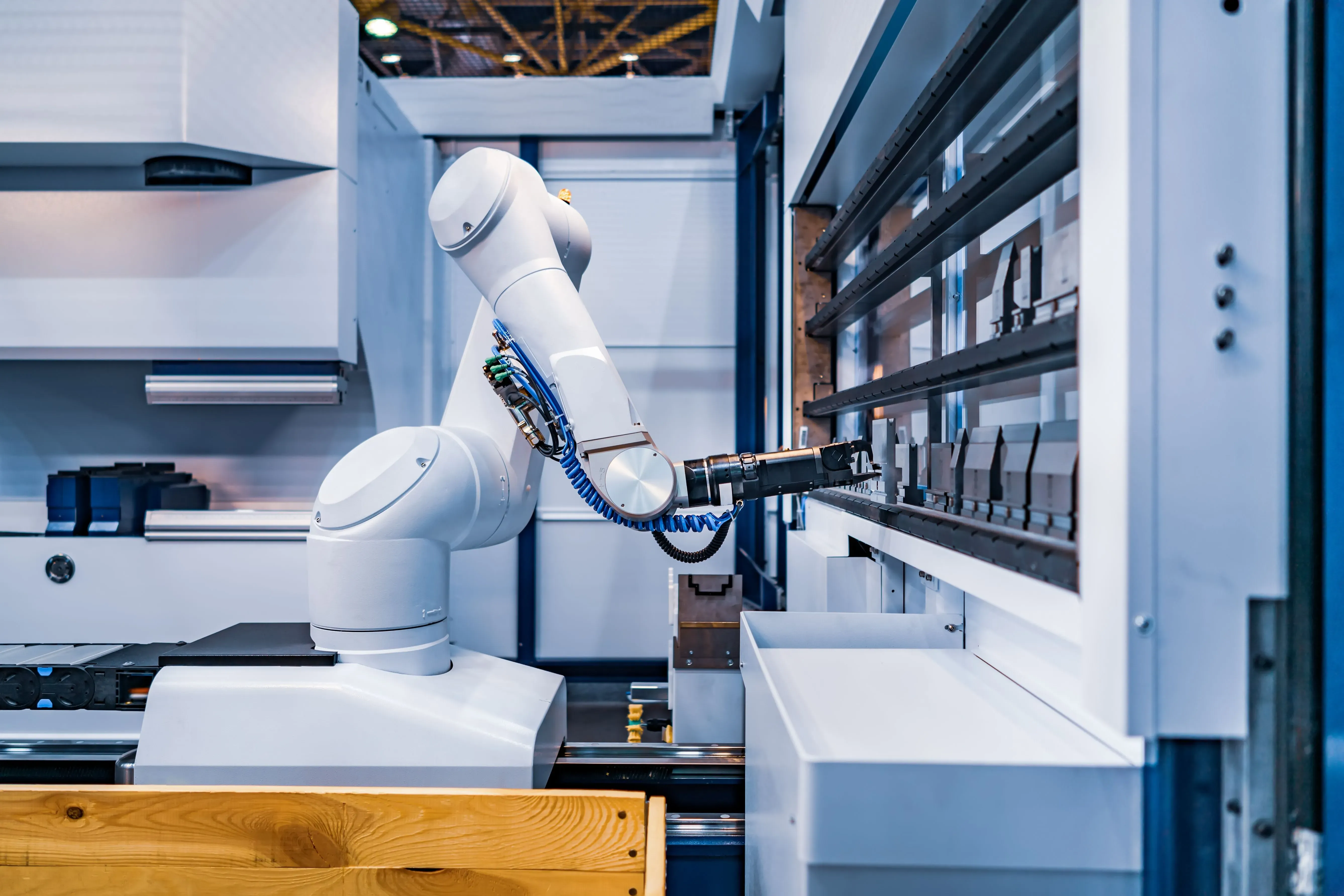Description
PET-A stands for amorphous Polyethylene Terephthalate. Commonly referred to as PET, PET-A is mainly known as the material for PET bottles. PET is a cost-effective standard plastic in thermoforming, primarily used in the packaging and food sectors. PET-A boasts the highest recycling rate of all polymers, and due to the growing emphasis on sustainability, it has gained significant popularity in recent years.
Processing and Thermoformability
In practice, the thermoformability of PET-A often depends on the quality of the raw material, with a broad range of qualities encountered. Poor-quality material may result in hard-to-prevent streaks or deformations in the blister during processing. Surface treatment of the thermoforming tool, such as sandblasting the aluminum, can help mitigate this. PET-A requires precisely calibrated processing temperatures, making it more complex to handle than alternatives like PVC. PET-A thermoformed parts can develop stress cracks (known as "white break") when the processing temperature is off by just 1-2°C. This white break is an optical defect that resembles chalk marks on the surface. Although PET-A is suitable for many thermoforming applications, it can show weaknesses when stretched too much. For parts taller than 100mm or with very complicated geometries, it is recommended to switch to PVC or PS as alternative materials.
Material Options
 Flocked
Flocked Sealability
Sealability Printable
Printable Regenerate
RegenerateFacts
Price
Colors
Features
- Very high transparency
- High thermal conductivity
- Resistant to oils, salts, and diluted acids
- Good sealability (blister packaging)
- Small minimum order quantities
- Cost-effective
- Excellent recyclability
Weaknesses
- Poor stretchability: limited product height
- Low temperature resistance
- Inferior surface quality compared to PET-G
- Volatile prices
Common Industries and Applications:

Electronics
- Cover caps for sensitive precision parts
- Battery covers

Medical Technology
- Hygiene product packaging
- Laboratory supply packaging
- Molding inserts
- Fiber holders
- Covers for keyboards
- Molding trays for electronic parts
- Medical thermoform blisters for pipettes

Consumer Goods
- Product packaging
- Advent calendar inserts
- Point-of-sale basket inserts
- Folding packaging
- Medicine blisters
- Medicine dispensers
- Masks
- Insert for pelvic floor trainers

Food
- Food packaging
- Bottom inserts for CHEP displays
- Inserts for advent calendars
- Blisters for advent calendars
- Food-grade PET trays
- Confectionery inserts
- Ice packaging

Industrial Solutions
- Transport trays for light components
- Machined parts
- Trays for bronze parts

Cosmetics
- Blister packaging
- Sales packaging
- Inserts for folding boxes
Facts and Figures:
| Group | Standard Thermoplastics |
| Structure | Amorphous |
| Density | 1.34 |
| Continuous Use Temperature Min. (in °C) | -10 |
| Continuous Use Temperature Max. (in °C) | 60 |
| Max. Temp. Long-Term (°C) | 65 |
| Abrasion Resistance | - |
| Yield Stress (N/mm²) | 55 |
| Tensile Strength (N/mm²) | 55 |
| Tensile Modulus of Elasticity (N/mm²) | 2500 |
| Elongation at Break (%) | 25.00 |
| Dielectric Strength (kV/mm) | 60 |
| Volume Resistivity (Ω · m) | 10^15 |
| Surface Resistivity (Ω) | 10^16 |
Additional Plastics in the formary Portfolio
Frequently asked questions about PET-A plastic
PET-A stands for amorphous polyethylene terephthalate and is one of the standard thermoplastics. Colloquially, PET-A is often simply referred to as PET, known primarily from the manufacture of beverage bottles. In thermoforming, PET-A is a cost-effective, transparent material with a high recycled content, ideal for packaging and blister packs in the consumer and food sectors.